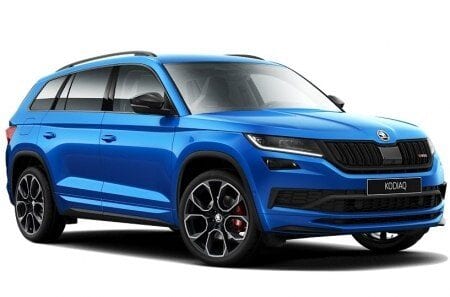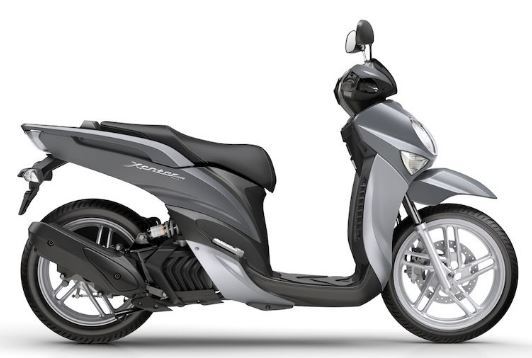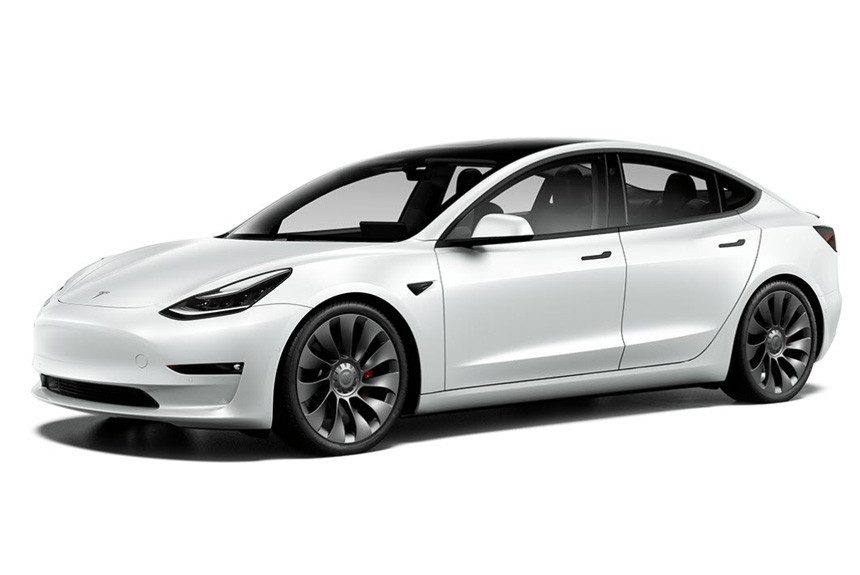
Tesla Model 3, Porsche Taycan and top smartphones. Battery technology tells us that charging
Content
Today we thought about what is better in fast charging: electric cars or mobile phones. It seems that electric cars are a little better (especially Tesla, but also Porsche), but by the way, we have one more conclusion - a modern electric car from the model year (2020) or newer should be charged with a power above 50 kW.
If it doesn't charge, we get an older product in a new package. Or the product is deliberately limited so as not to harm more expensive models from the same manufacturer.
Charger for smartphones and electric vehicles
Table of contents
- Charger for smartphones and electric vehicles
- Why do most electric vehicles charge so slowly?
- Now a handful of speculations
The whole idea of the article started with the Porsche Taycan and the Tesla Model 3. The first has a 90 kWh battery, the second has a 74 kWh battery (we take into account the maximum usable capacity). The first is capable of developing charging power up to 270 kW, the second - up to 250 kW. It means that The Porsche Taycan charges at 3 C (3x the battery capacity), while the Tesla Model 3 even reaches 3,4 C..
There is a lot of evidence that only the best elements in the world can withstand temperatures of 3 ° C for a long time.
> 50+ kW charging stations in Poland – here you drive fast and charge faster [+ Supercharger]
Now let's take a look at smartphones: according to the rating portal Android Authority, Honor Magic 2 uses 40W charging power ("40W Max SuperCharge", source) with a battery with a capacity of 3,4 Ah (3,5 Ah), or 12,99 Wh (13,37 , 3 Wh). So we have a charging power of 3,1-XNUMX C, which is absolutely on the highest shelf.
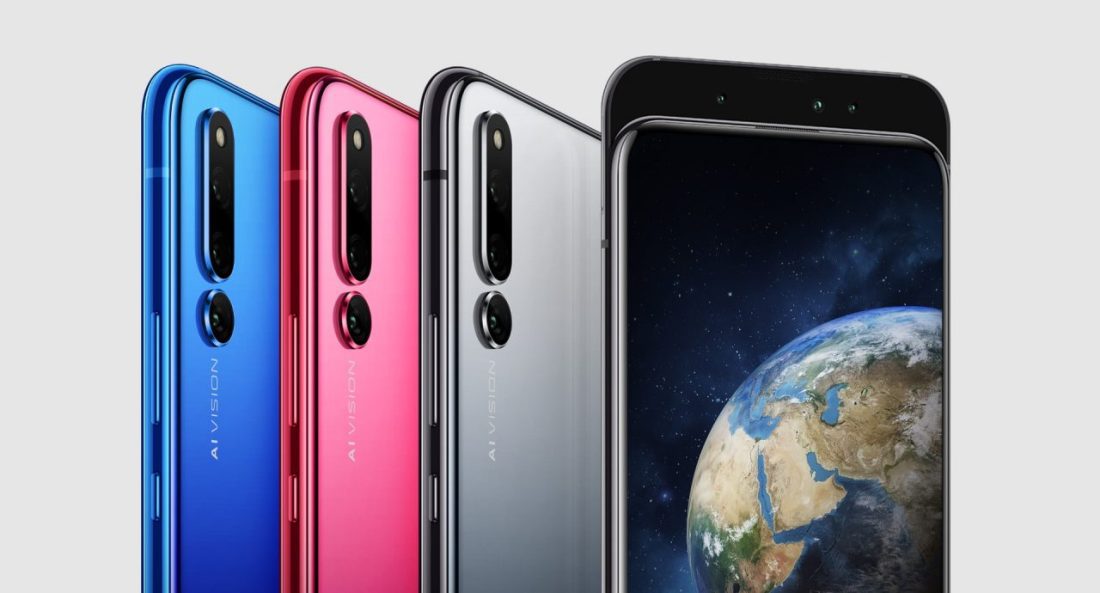
The Honor brand belongs to Huawei, and other top Huawei smartphones show a similar result.
In 2018, there were rumors that Honor could use "graphene batteries" in its devices. Given the charging power, we wouldn't be surprised if we used graphene-coated cathode cells to limit the growth of lithium dendrites. In 2018, Samsung SDI had a similar product:
> Samsung Graphene Batteries: 0-80 percent in 10 minutes and they love the warmth!
Back to cars, the average battery capacity for new electrics is now around 50 kWh. The example of Huawei and Tesla shows that with the help of the most modern cells, such a machine could be charged with a power of up to 150 kW (3 C). With a 64 kWh battery, we already have 192 kW. Even if the manufacturer uses cells with an older chemical composition, it should allow users to reach 90-115 kW (1,8 ° C).
So why are some manufacturers still selling us cars with loads up to 50 kW, or 1-1,2 ° C?
There are several answers.
> What is the degradation of the Nissan Leaf II battery? For our reader, the loss is 2,5-5,3 percent. after 50 km
Why do most electric vehicles charge so slowly?
First, because buyers accept these vehicles. Recently, even 50 kW was the pinnacle of achievements, and Tesla with superchargers up to 120 kW was considered a space technology, a little from another planet, expensive and accessible only to extremely wealthy people. The Tesla Model 3 premiere changed that.
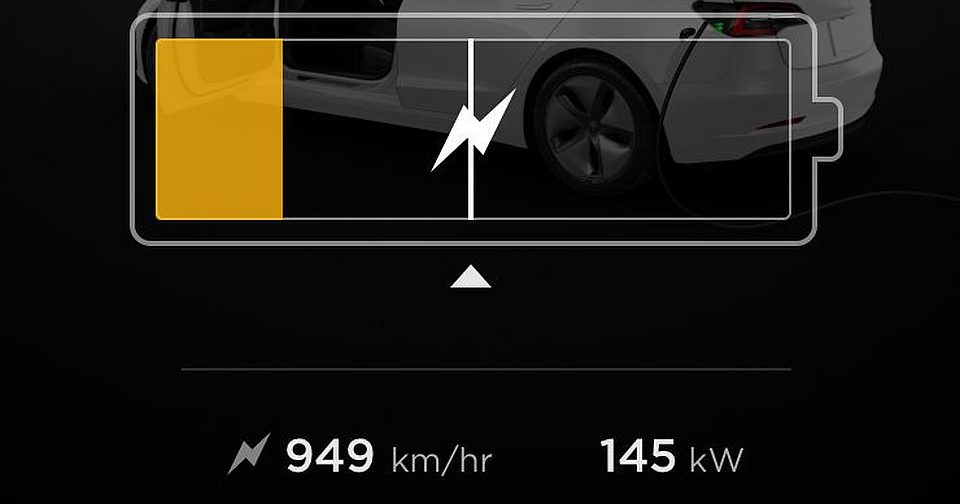
Secondly, because in many countries 50 kW power plants prevail. Charging station operators have invested a lot in devices and now have a choice: either expand the network or upgrade it to 100 ... 150 ... 175 ... 350 kW. Of course all of this is happening, but if 50+ kW stations arrive so slowly, why would manufacturers try to use higher charging capacities?
Ionity made a difference.
Third, cells that support 1-1,2 ° C are probably cheaper. We started with Tesla, so let's go to the other end of the scale: Skoda CitigoE iV - 32,3 kWh battery, 1,2 C charging power. Nissan Leaf II - 37 kWh battery, 1,2 C charging power. Renault Zoe ZE 40 - battery 52 kWh. , charging power 1 cl.
> Fast DC charging Renault Zoe ZE 50 up to 46 kW [Fastned]

It seems that limiting charging power need not largely comply with the terms of the warranty... Mobile phones last 2-3 years (after which they are transferred to the next owners), which gives about 800 charging cycles. 800 charging cycles for a vehicle with a real range of 220 kilometers equals 176 kilometers.
> Tesla is applying for a patent for new NMC cells. Millions of kilometers driven and minimal degradation
With an 8-year battery warranty, that translates into an average of 22-13 kilometers per year – well more than the average Pole travels, according to GUS. It will take the average pole over 800 years to complete 70 full charge cycles and degrade to XNUMX percent of factory capacity.
Now a handful of speculations
Considering that the best elements already reach 3 ° C today, and those only slightly worse than 1,8 ° C, we expect in the coming years facelift of an electrician (e.g. BMW i3, Renault Zoe), which will allow higher charging power to be managed. Of course, the manufacturer can refuse them when replenishing the model range with more expensive cars.
We also expect that cars with a capacity of 40-50 kW (1-1,2 C) will be offered in the lowest and cheapest segment., while more expensive cars will offer us a higher battery capacity and charging power, reaching at least 1,5-1,8 C. This trend will correspond to the trend of lower prices for electricians due to the use of cheaper cells.
> New cheap Tesla batteries thanks to cooperation with CATL for the first time in China. Below $ 80 per kWh at the package level?
Finally, we expect charging power “up to 100 kW” to become standard on vehicles this year and no later than 2021. And that's a good thing, because it usually means 1,5 times shorter stopping at the charger (20 minutes bearable, 30 minutes bearable, 40 pulling mercilessly).
Note from the editors of www.elektrowoz.pl: the purpose of this article was to describe the technology, and not to annoy people who have cars powered up to 50 kW. 🙂 We live in a time when the automotive market is growing rapidly, and new technologies are appearing at every step. We saw a similar situation in the computer segment at the end of the XNUMX century.
This may interest you:
